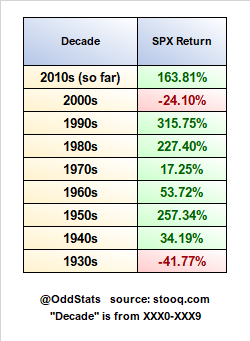The debt of the US government recently crossed $27 trillion. Additionally, there are talks for another $2 trillion of stimulus (which the stock market is loving by the way). So, if passed, that would put the US national debt at around $29 trillion!
We should note that the US National Debt was about $20 trillion at this time in 2016. So, the debt was doubled to $20 trillion from $10 trillion (2008-2016) during President Obama’s two terms and looks to be on pace to double again over the subsequent two terms based on the increase thus far in President Trump’s first term.
A $29 trillion debt represents almost $90,000 per US citizen. That means a household with four people has about $360,000 as their share of the national debt in addition to their own private debt and their state and local government debt. Consider that total US household debt is about $14 trillion so that’s another $42,000 per citizen, or $170,000 for that same household of four on average.
Let’s consider what this really means. Continue reading “$27 Trillion National Debt and Counting, How It Gets Paid and Who Pays It”


